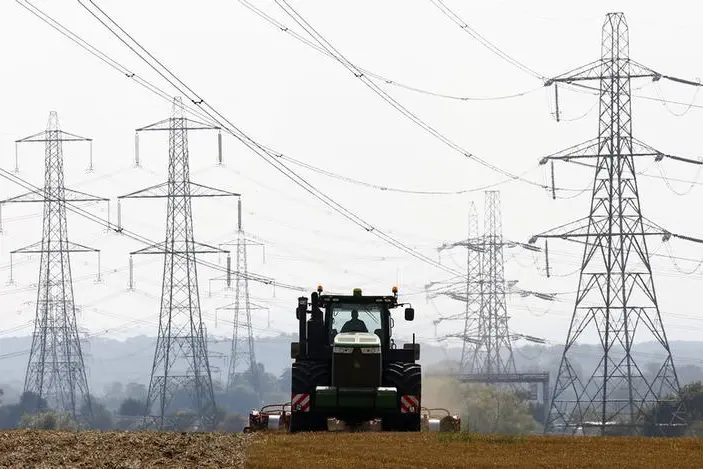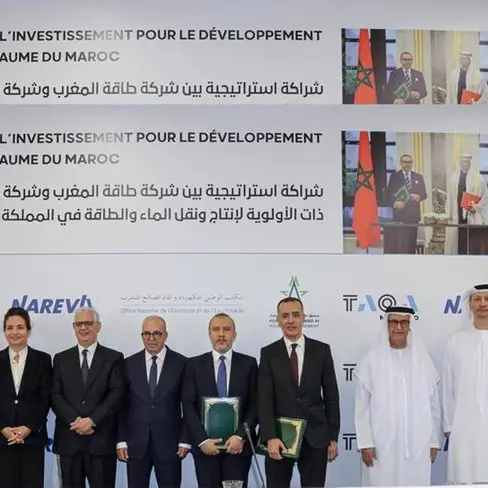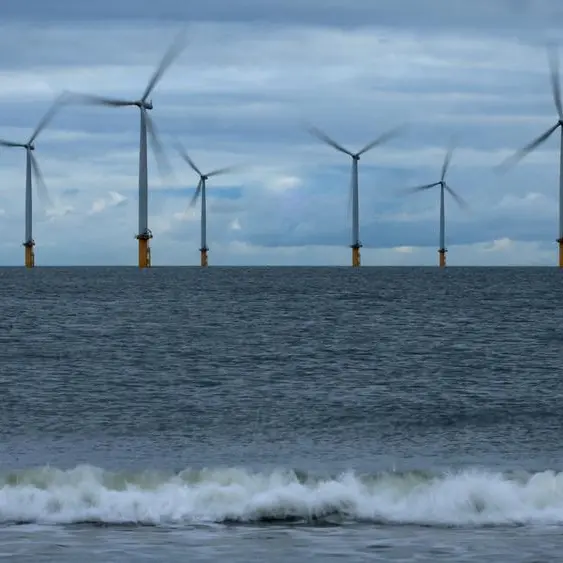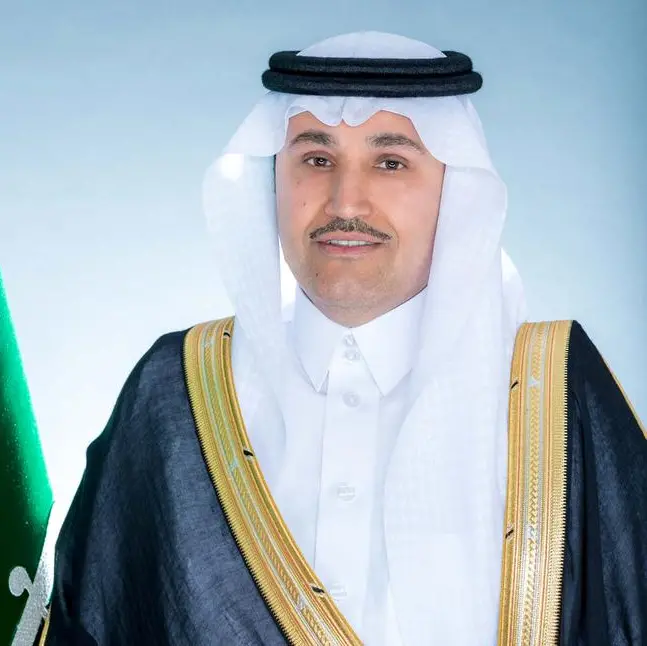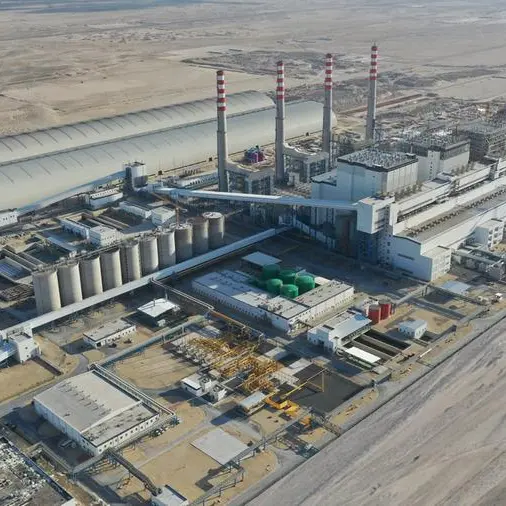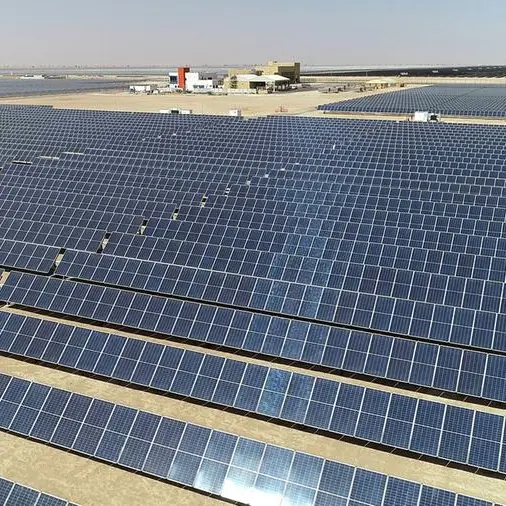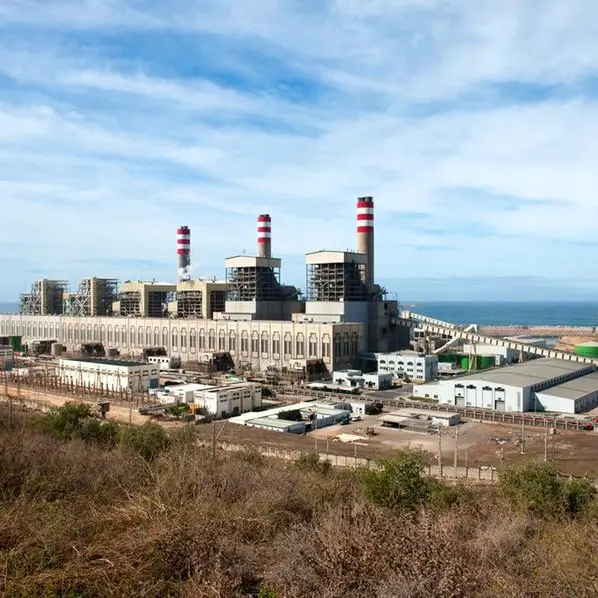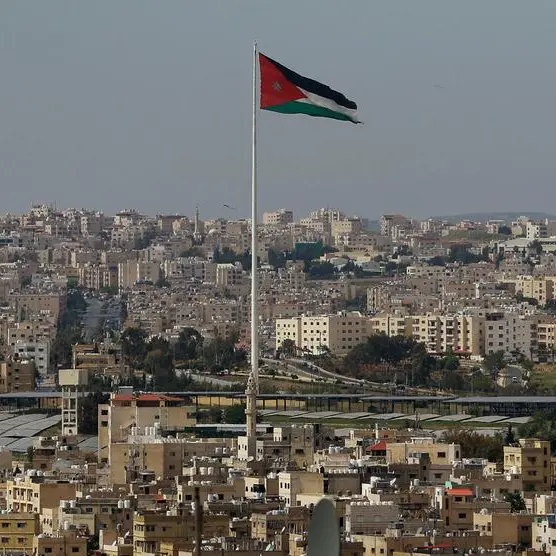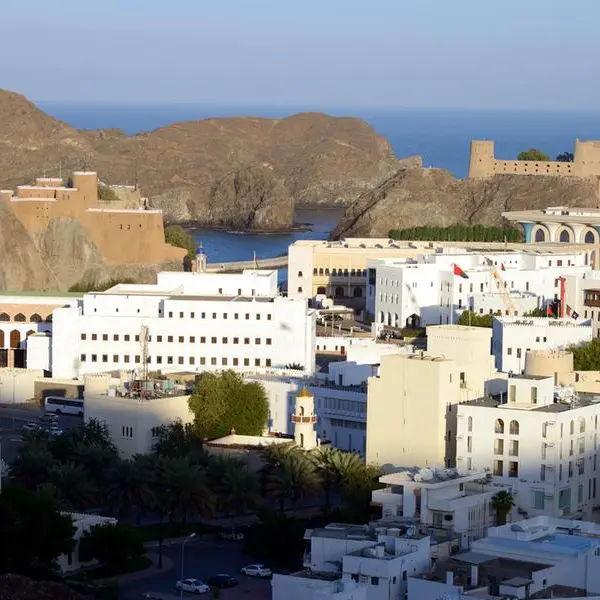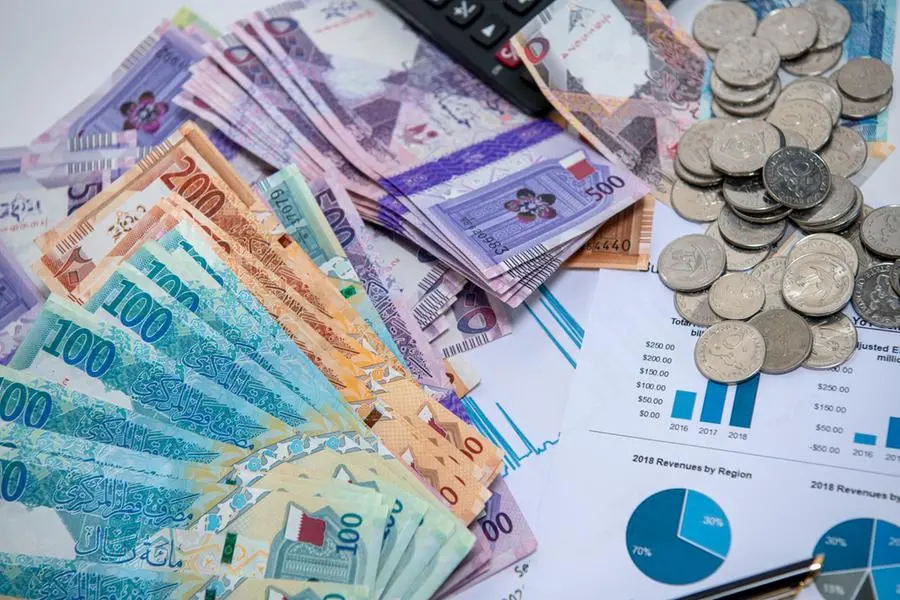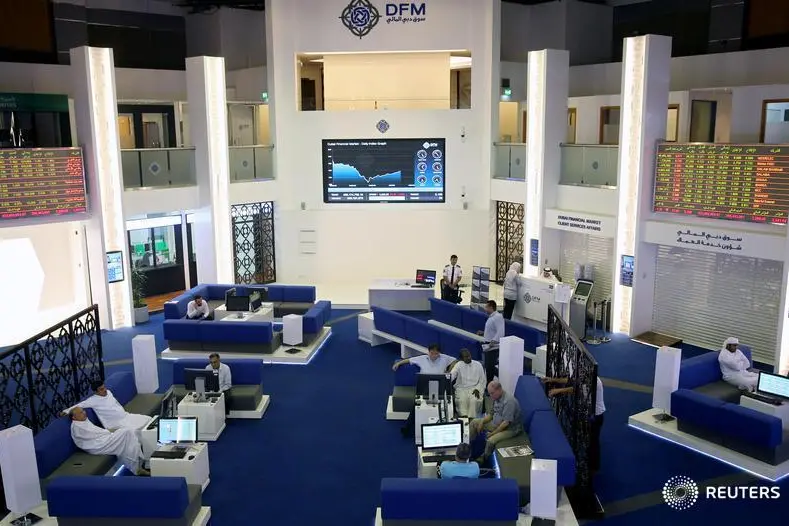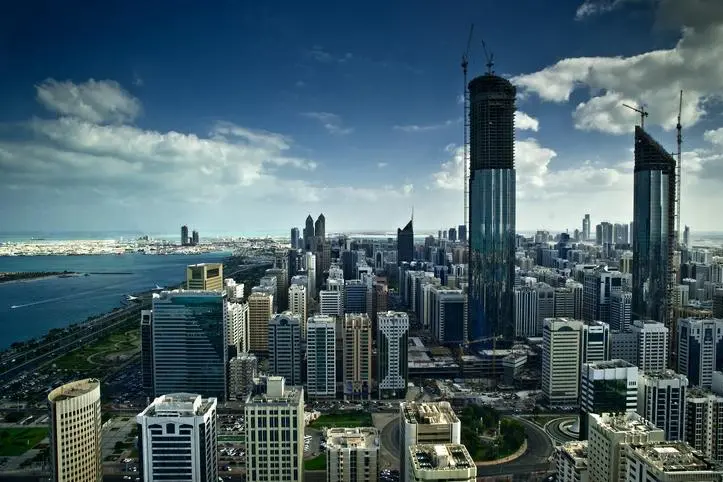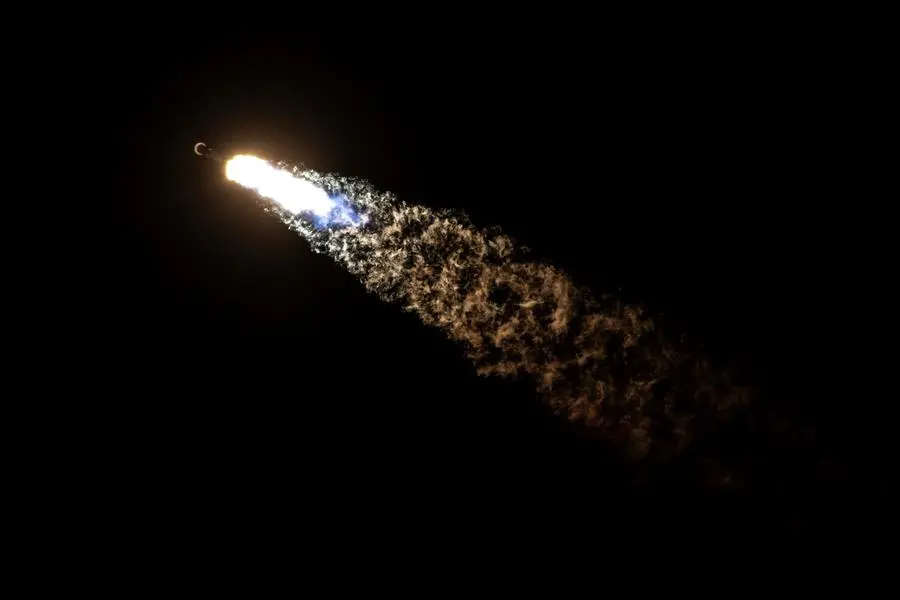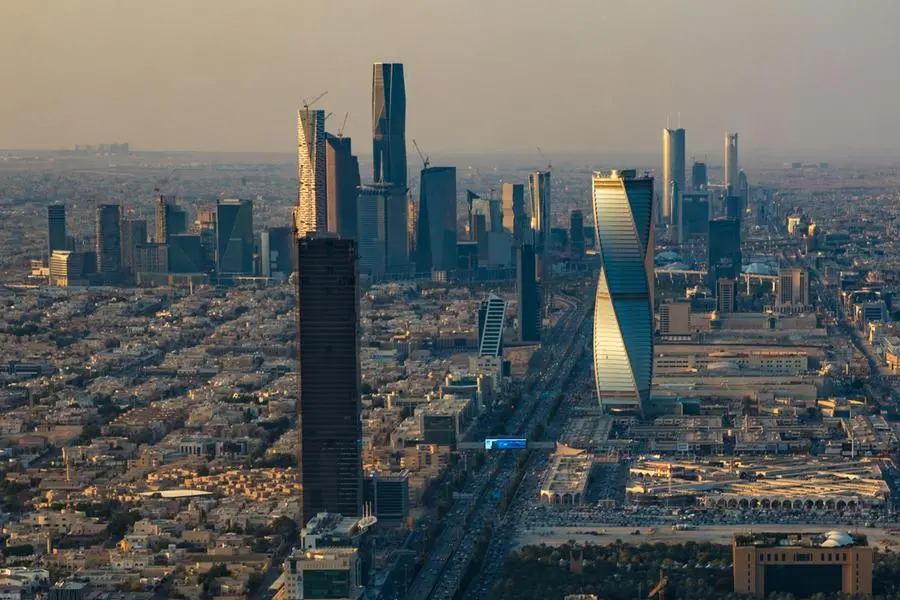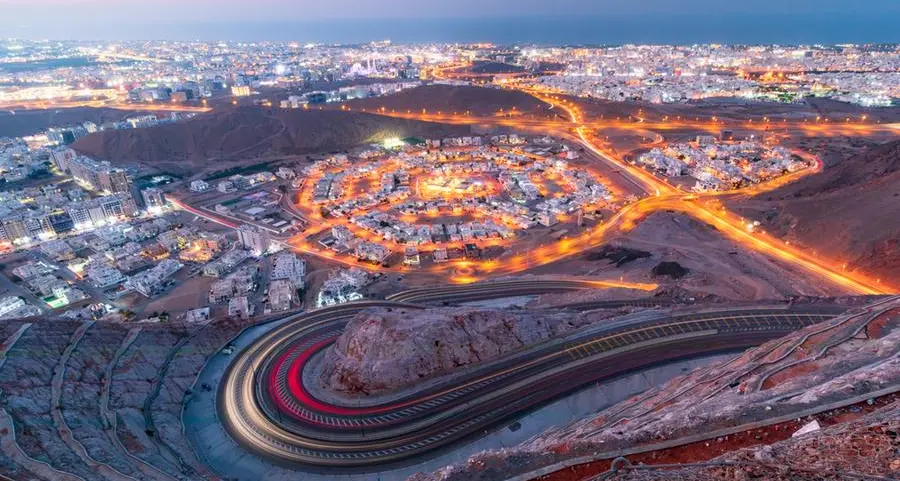PHOTO
A farmer works in a field surrounded by electricity pylons in Ratcliffe-on-Soar, in central England, September 10, 2014. Britain risks an electricity crisis this winter which has forced the grid operator to take precautionary measures and will mean greater reliance on imports from Europe where operators face their own supply constraints. National Grid has announced a scheme to encourage utilities to make idle capacity available this winter, something the grid operator had not planned to do until next year. REUTERS/Darren Staples (BRITAIN - Tags: BUSINESS ENERGY)
Leading international power sector engineering and consultancy firm CESI says it has been commissioned by Oman Electricity Transmission Company (OETC) – the nation’s monopoly provider of transmission services across much of the Sultanate of Oman – to masterplan the development of the country’s interconnected power grid over the next two decades.
The masterplan study, according to the Italian-headquartered firm, will primarily seek to enable OETC’s vision of rolling out an integrated transmission system that also covers in the future vast expanses of the country earmarked for renewable and green energy development.
OETC, a member of Nama Group, owns and operates the Main Interconnected System (MIS) covering much of the northern half of the country, as well as the Dhofar System, serving parts of Dhofar Governorate. Further, as system operator, it is also responsible for the central despatch of generating and desalination plants connected to the two grids.
A major interconnection project, dubbed ‘Rabt’, is currently underway at a cost of about RO 375 million that, when completed by around 2026, will result in the integration of the MIS and Dhofar grids. The landmark project will also result in the incorporation of the standalone grids of Petroleum Development Oman (PDO) and the Duqm network into one, unified national grid powered by a robust 400 kV transmission system.
Besides strengthening the efficiency of electricity transmission, the Rabt project will contribute to reduced energy generation costs, savings in greenhouse gas emissions, improved energy efficiency, and enhanced energy security.
In a statement over the weekend, CESI said it has been commissioned to “update the masterplan for the transmission system” of OETC to 2040. “The objective is to define the best technical-economic options for the long-term development of the transmission system, based on the OPWP (Oman Power and Water Procurement Company) generation plan, and promoting an integration with renewable energy sources capacity,” it stated.
The consultancy firm, which has been active in the Sultanate of Oman’s electricity sector, said the masterplan study is an integral part of the country’s strategic bid to embrace renewable resources, notably solar and wind, to help decarbonise the economy.
“In this respect, CESI has also been conducting consulting services on the integration of renewable energy in Oman. Specifically, we have developed standards and regulations for the country’s electric energy authority to guarantee that the solar photovoltaic plants connected to the distribution network do not affect the security and reliability of the electric infrastructure and supply quality,” the company further stated.
Over the past two years, state-backed energy companies have unveiled green hydrogen projects collectively envisaging the development of a world-scale 30 gigawatts of renewable capacity over the coming years. Green hydrogen output is earmarked predominantly for export markets, although experts see the potential for the growth of green industries proliferating in the Sultanate of Oman as well.
But to realise these giga-scale ventures, vast expanses of Al Wusta and Dhofar Governorates are proposed to be prepped for investments in massive solar and wind farms, the green electricity output from which need to be evacuated via a robust and dependable interconnected grid system operated by OETC.
2022 © All right reserved for Oman Establishment for Press, Publication and Advertising (OEPPA) Provided by SyndiGate Media Inc. (Syndigate.info).
Conrad Prabhu
